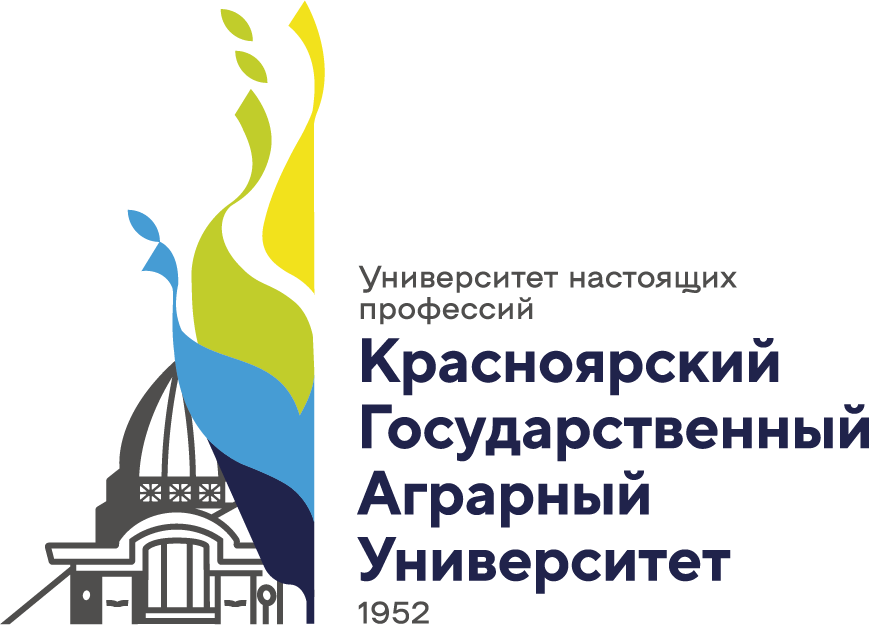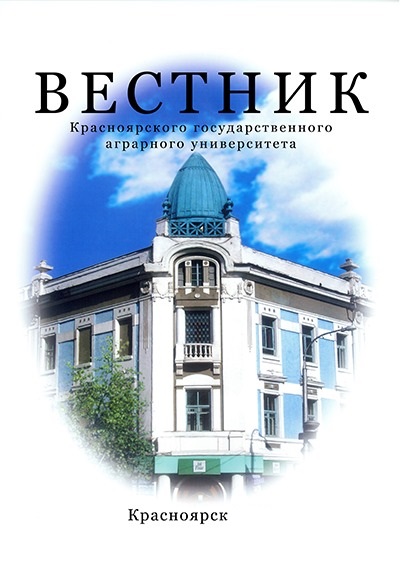The research objective was to carry out the ranging ac-cording to the maintenance of humus in the layer of 0-20 cm of grey soils formed under natural conditions and at anthropogenous influences (the development from under wood, the duration of agricultural use, pelting of arable land and transfer to the deposit, overgrowing of deposits of the wood, repeated involvement of deposits in arable land, on haymaking, etc.). Long-term materials of researches on the assessment of the degree of humus content of virgin grey forest soils, grey post-agrogene soils of deposits and agrogrey soils of the forest-steppe zone of Krasnoyarsk Re-gion (three areas of the Krasnoyarsk forest-steppe and one area of the Achinsk and Bogotolsky forest-steppe), and also southern taiga zone of the Middle Angara Region (Bratsk area) are generalized. On the basis of these results the as-sessment of transformation of fertility of grey soils at change of ecological factors is given. In each area objects are located in identical geomorphological conditions in very short dis-tance. The ranging of these soils according to the mainte-nance of humus in layers of 0-10 and 10-20 cm was carried out using established gradation on humus content degree. The coefficients of spatial variation of the maintenance of humus in each gradation on all objects were counted. The biggest data file was presented by low humus grey soils with the maintenance of humus from 2 to 4 %, then medium hu-mus with the maintenance of humus from 4 to 6 %. The max-imum accumulation of humus in soils of pure deposits and under the young wood restored on deposits was established. Essential decrease in the maintenance of humus was record-ed in agrogrey soils at long agricultural use in arable land, and also during the plowing and the development of the de-posit. Very low sizes of coefficients of spatial variation of the maintenance of humus were received that methodically al-lowed comparing objects. At different direction of using grey soils the type of humus profile remains regression and accu-mulative, and according to the maintenance of humus they do not lose the classification situation.
humus content, grey soils, deposit, old arable land, forest cover, the degree of humus content, fertility, rang-ing, spatial variation
1. Alifanov V.M. Izmenenie seryh lesnyh pochv pri sel'skohozyaystvennom ispol'zovanii // Pochvovedenie. - 1979. - № 1. - S. 37-47.
2. Burlakova L.M. Vliyanie raspashki na svoystva seryh lesnyh i chernozemno - lugovyh pochv // Nauch. dokl. vyssh. shk. - 1959. - № 3. - S. 224-229.
3. Gamzikov G.P., Kulagina M.A. Izmenenie soderzhaniya gumusa v pochvah v rezul'tate sel'skohozyaystvennogo ispol'zovaniya (obzornaya informaciya). - M: Izd-vo VNIITEIagroprom, 1992. - 48 s.
4. Zubkova T.A., Karpachevskiy L.O. Matrichnaya organizaciya pochv. - M.: Rusaki, 2005. - 295 s.
5. Kallas E.V. Sostav gumusa pahotnyh i celinnyh chernozemov Chulymo- Eniseyskoy vpadiny // Vestn. TGU. - 2005. - Vyp. 15. - S. 88-92.
6. Klenov B.M. Ustoychivost' gumusa pochv Zapadnoy Sibiri v usloviyah antropogennogo vliyaniya: avto-ref. dis. … d-ra biol. nauk. - Novosibirsk, 1998. - 38 s.
7. Nikitin B.A. Izmenenie gumusa v processe okul'turivaniya dernovo- podzolistyh pochv // Pochvovedenie. - 1988. - № 5. - S. 76-80.
8. Orlov D.S., Biryukova O.N., Rozanova M.S. Real'nye i kazhuschiesya poteri organicheskogo veschestva pochvami Rossiyskoy Federacii // Pochvovedenie. - 1996. - № 2. - S. 197-207.
9. Tyurin I.V. Organicheskoe veschestvo i ego rol' v plodorodii. - M.: Nauka, 1965. - 319 s.
10. Chuprova V.V. Gumusovoe sostoyanie pochv lesostepnoy chasti Krasnoyarskogo kraya // Balans organicheskogo veschestva i plodorodie pochv v Vostochnoy Sibiri. - Novosibirsk, 1985. - S. 9-11.










